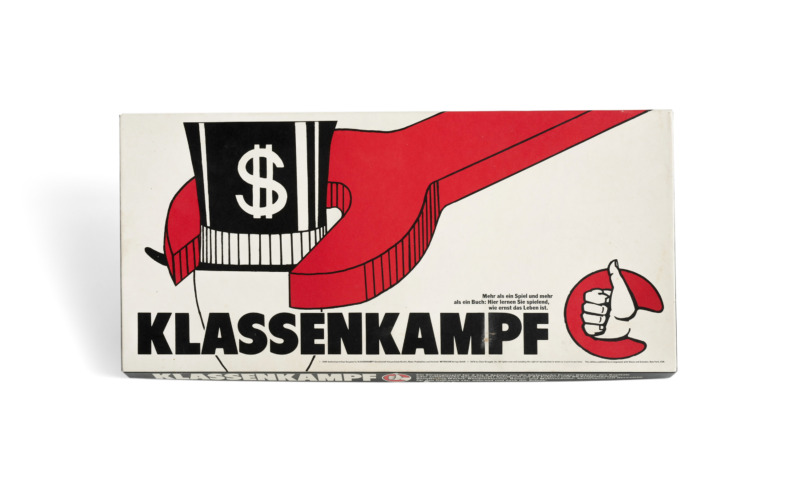The G 11 radio set, designed by Hans Gugelot in 1954/55, was one of three modular devices (radio, record player and television set) whose dimensions, volume and design were compatible with each other, which Max Braun used to launch its new corporate strategy.
This concept not only aimed at a uniform, simple and functional design of its products, but also at a reorientation of its entire communication with customers. This pioneering modular system was first presented in 1955 at the German Radio, Television and Phonographic Exhibition in Düsseldorf, where the design of the devices attracted a great deal of attention.
The G 11 radio receiver has a case made of light maple wood and a clear scale made of plastic, which was developed by graphic designer Otl Aicher, who, like Hans Gugelot, worked as a lecturer at the Hochschule für Gestaltung Ulm, which was founded in 1952. Both designers had a decisive influence on the product design and appearance of the Braun company until the 1960s.
The functional Braun design is considered to be the epitome of West German post-war modernism, ever since well over 100 Braun appliances – including the G 11 – were displayed in the show apartments of the Interbau exhibition in Berlin’s Hansa district in 1957. That exhibition was designed as a Western show of achievements in what was called the “international style” and as a counter-project to the monumentalism of East Berlin’s Stalin Allee. “Braun radios and the ‘New Apartment’ have become self-evidently related terms […] Architects simply had to choose these devices because they were the only ones that fit into the apartments,” one observer commented at the time.
The device is part of our exhibition “The Braun Idea”, which will be shown at the Werkbundarchiv – Museum der Dinge from March 2021 as part of the company’s centenary.

